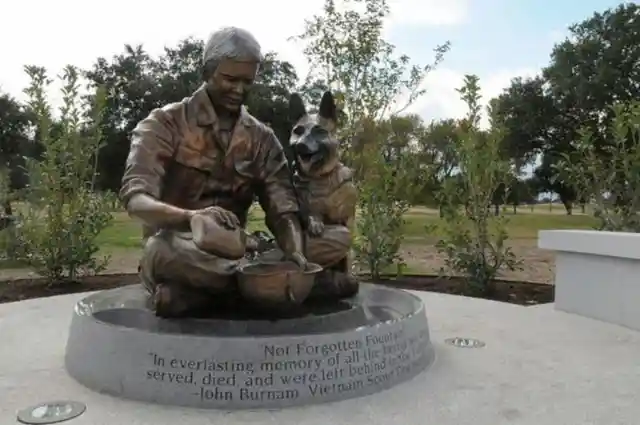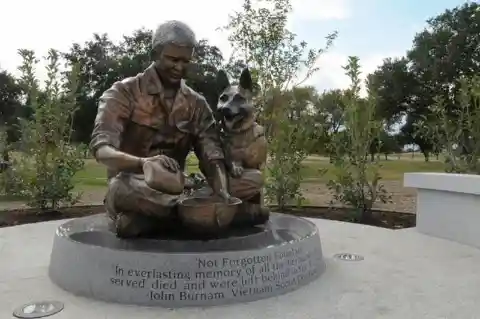Different Breeds For Different Things
Dogs have been used in warfare since the beginning of recorded history. Canines have been used for military purposes by cultures including ancient Egyptians, Persians, Greeks, and Romans. Most of the dogs are trained in combat and serve as trackers, sentries, and scouts.
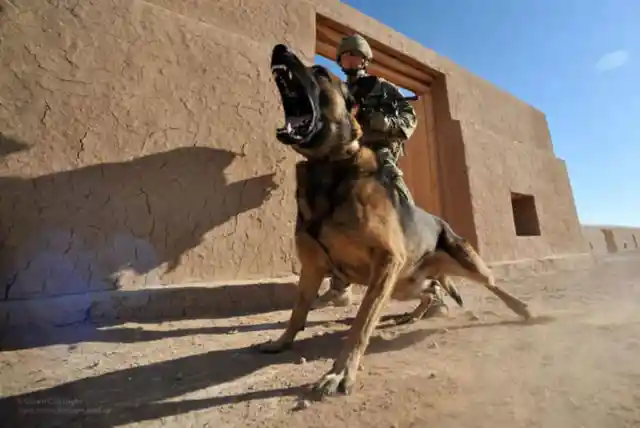
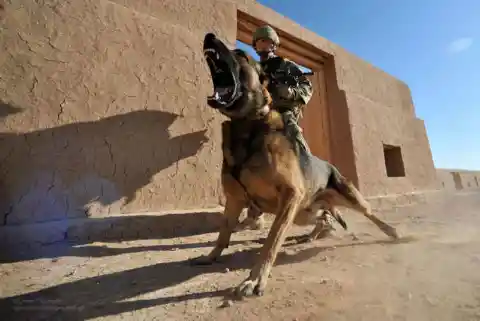
Trained war dogs were seen as valuable gifts amongst militaries of different countries. Let's take a closer look at some of the often unsung (and slightly furry) heroes supporting our troops.
Different dog breeds specialize in different jobs within the military and meet specific demands of their respective handlers. Originally, large dogs were used for fighting.
Today's Attack Dogs
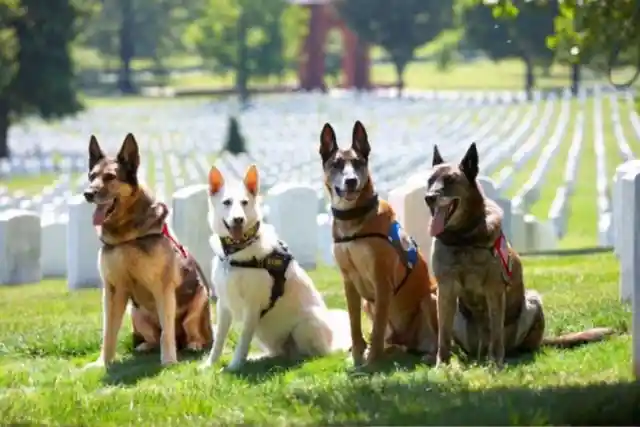
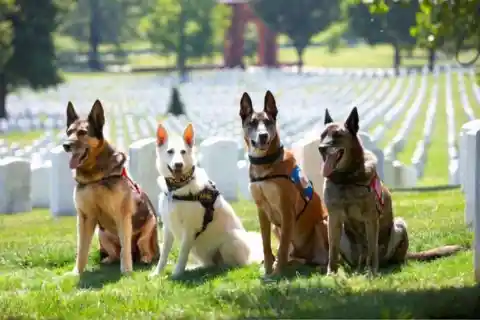
The pups were fitted with armor and metal spike collars and sent to the front lines to fight for their country, though they knew not what they were fighting for.
Today, dogs are carried into battle in some attack situations. The United States SOCOM forces utilize their four-legged companions in combat situations and raids to chase down enemies and prisoners who are running away.
Trained Just Like Soldiers
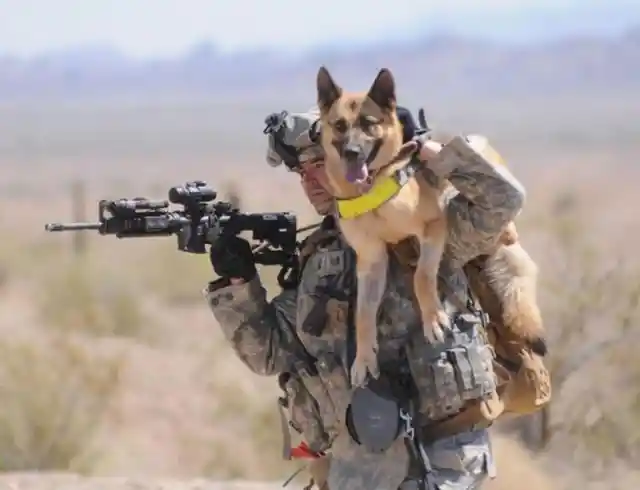
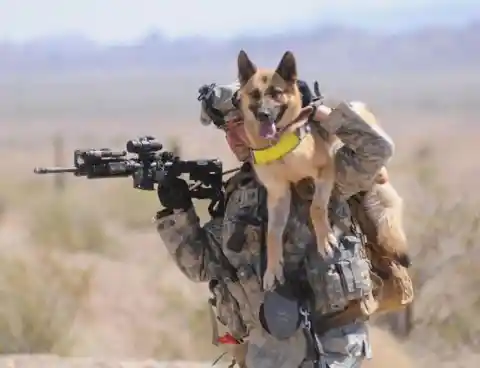
They are also sent into small crawl spaces and other places where humans are unable to access.
Dogs have been trained alongside United States service members for years. In World War II, the Army leased an entire island in Mississippi with the hopes of training nearly 2 million dogs to kill Japanese soldiers.
The Rescuers
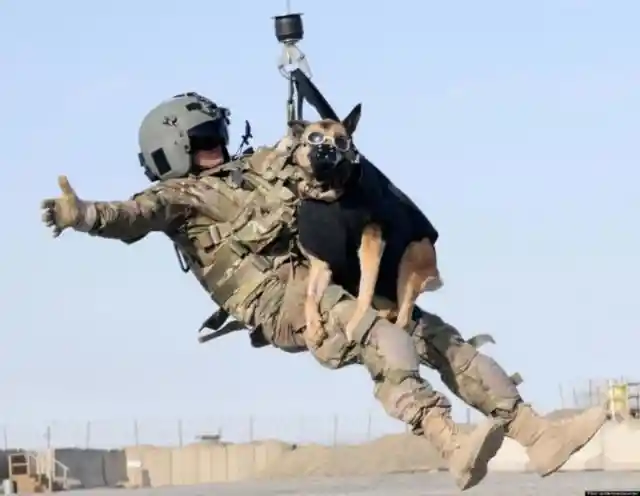
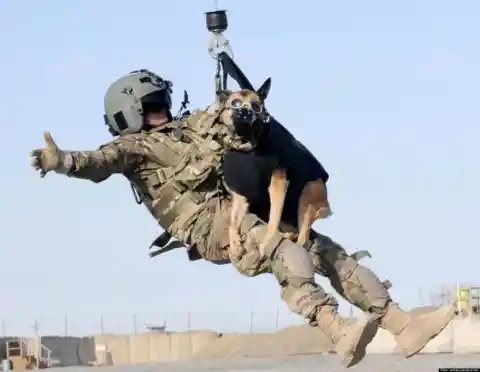
The plan would have seen thousands of dogs released onto an island at once.
Since some dog breeds, such as German Shepherds, are strong swimmers, they are extensively trained to jump out of planes in order to perform water rescues. Not even Hollywood is able to train dogs with this much dedication and no fear.
The Air Force's Dogs
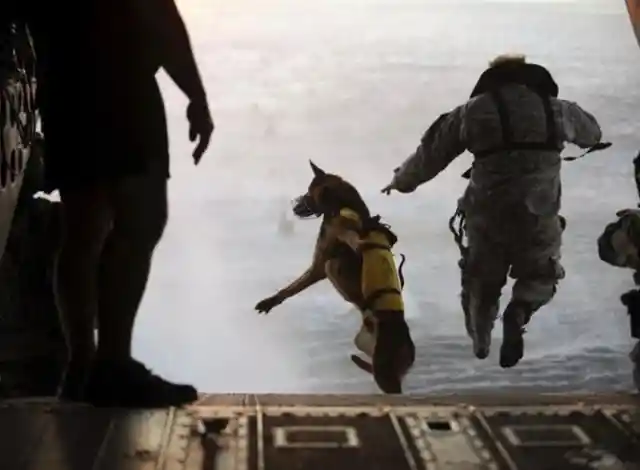
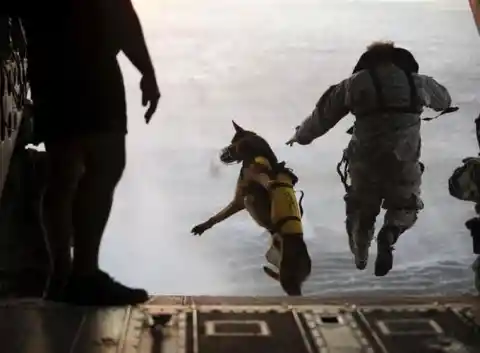
Dogs are strong enough to pull a human some distance to safety.
At the height of the Cold War in the 1970s, the United States Air Force used nearly 1,600 dogs across the globe.
An Unbreakable Bond
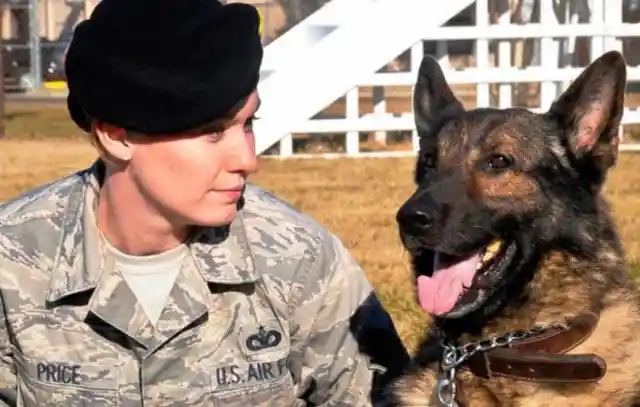
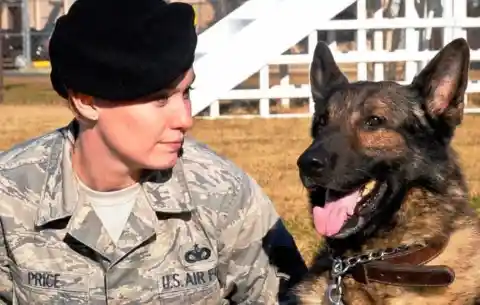
The program has seen reduced budgets in recent years and the program is now down to around 500 dogs at different Air Force bases all over the world.
We have heard stories about the friendships built between members of the military. Can you imagine the lifelong bond which forms between a military service dog and its handler?
Canine Briefings
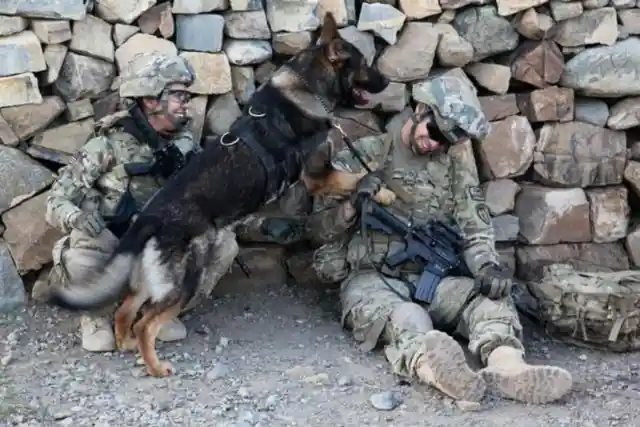
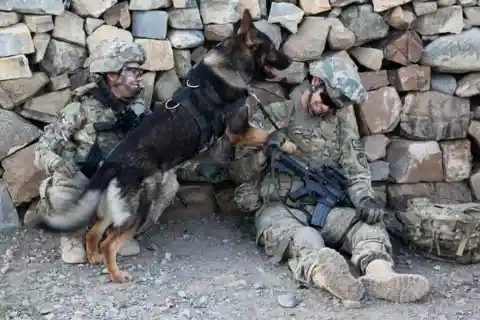
Even though they are thrown into serious situations, there is always time for a little fun. The dogs are trained to be ready at a moment's notice.
Just like humans, military service dogs are briefed before each mission with their handlers. The point of the mission is for the handler to understand the mission at hand and go through the details step-by-step.
Suicide Bombing Russian Dogs
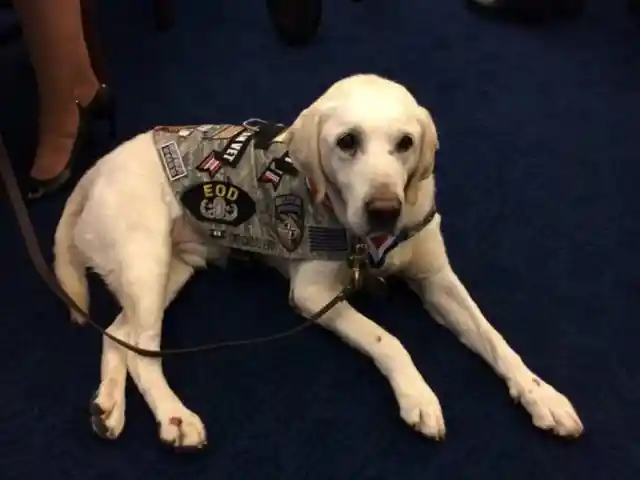
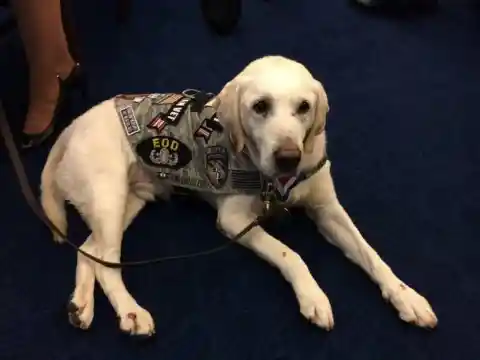
Dogs are made familiar of any smells they are looking for on the mission.
The Soviet Union made many sacrifices with their war dog programs. In the 1930s, they used the dogs as anti-tank suicide bombers.
Intimidation Purposes
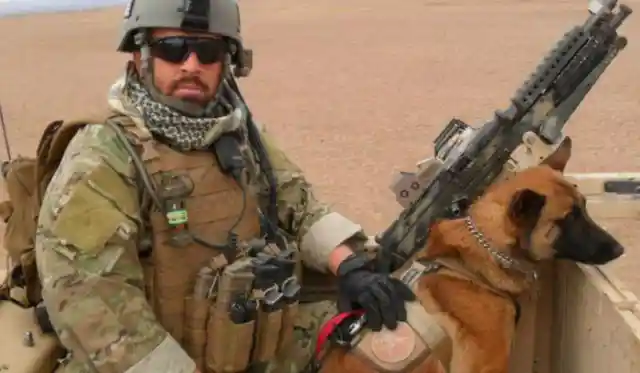
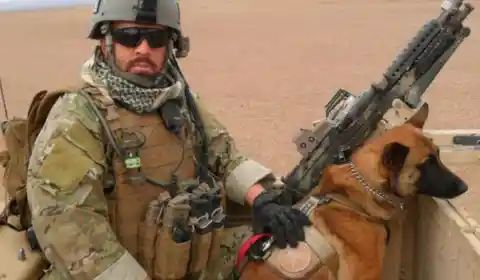
The dogs were fitted with tilt-rod mines and were commanded to run underneath tanks where the mines would detonate automatically. The program failed since the dogs were trained with stationary tanks and refused to run under mobile ones.
Today, the United States military's use of dogs in the recent wars in Iraq and Afghanistan have been quite controversial. Many dogs were used to intimidate prisoners of war.
Military Working Dog
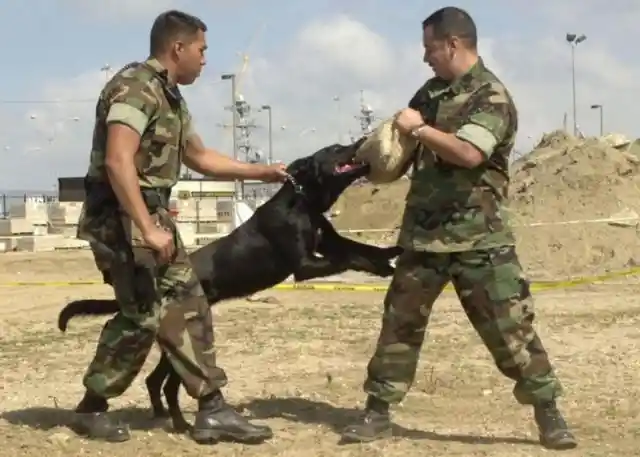
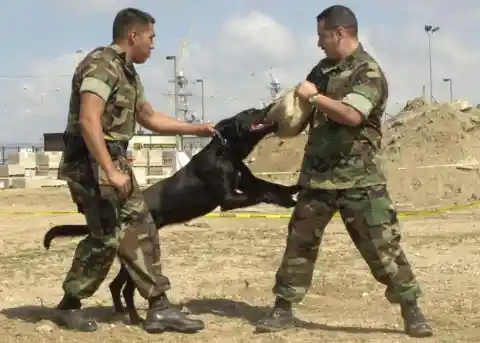
At Abu Ghraib prison, the dogs would regularly visit certain cells where the dogs were unmuzzled and ordered to intimidate and even attack.
A dog in the United States and Britain is often referred to as Military Working Dog (MWD) or K9. By 2011, almost 600 Military Working Dogs were used in the Middle East to fight in the conflicts in Iraq and Afghanistan.
Adapting Different Breeds
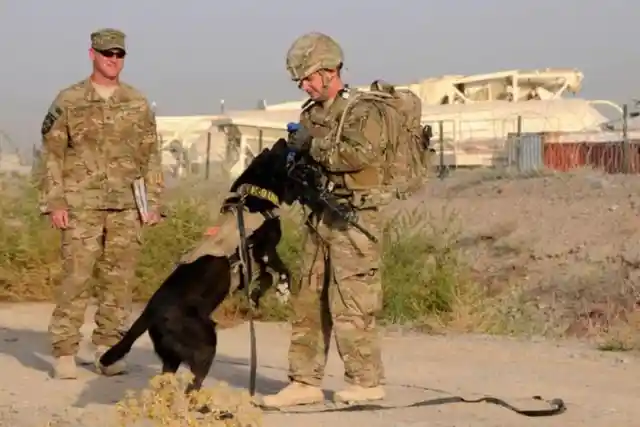
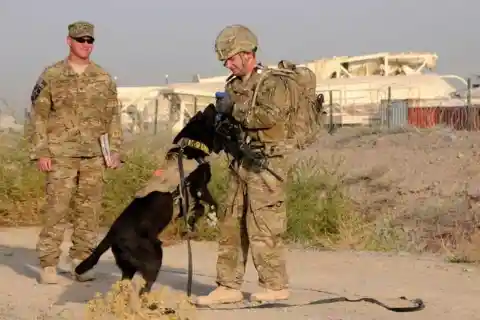
The most commonly used breed was the German Shepherd.
The military has certainly adapted by using different dog breeds for specific purposes. Smaller dogs that have superior senses are used for smelling work such as detection and tracking.
Soldiers Left Behind In Vietnam
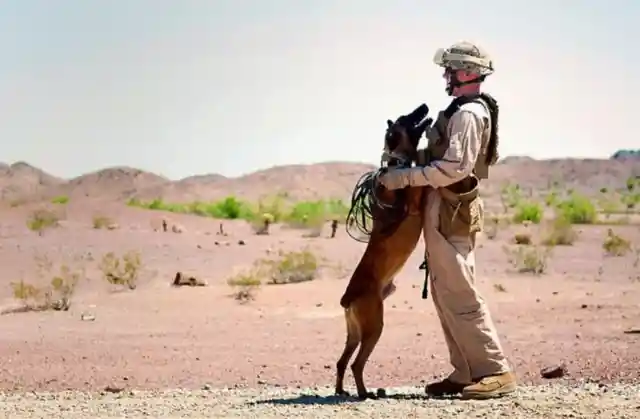
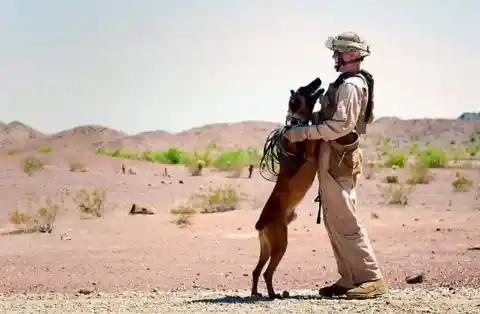
Shepherds are typically used for patrol and police work. After their training, K9s are assigned a permanent handler for at least a year, sometimes longer.
Following the Vietnam War, war dogs were labeled as "expendable surplus equipment" and were left behind with the Vietnamese to be euthanized and abandoned. Handlers begged, pleaded, and tried to persuade their commanding officers to bring the dogs back home.
Learning A Lesson
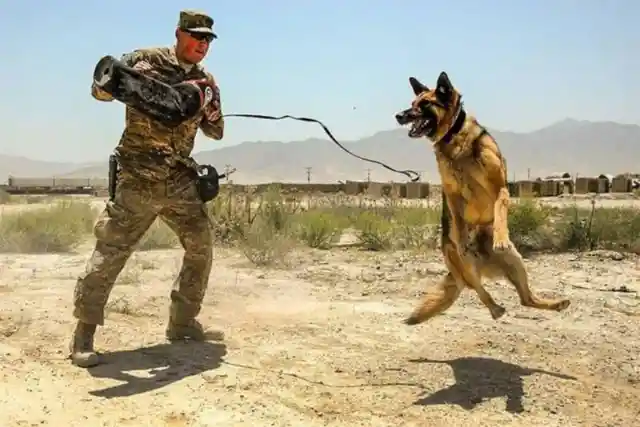
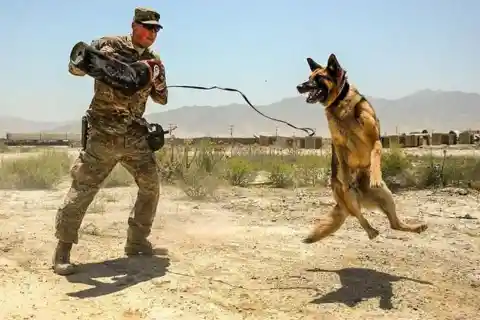
The personal relationship that developed was immediately squashed at the war's end.
Before the turn of the millennium, older Military Working Dogs were required to be euthanized. Military Working Dogs were typically sent back to their original owners or adopted to a new family.
A MWD Legislative Victory
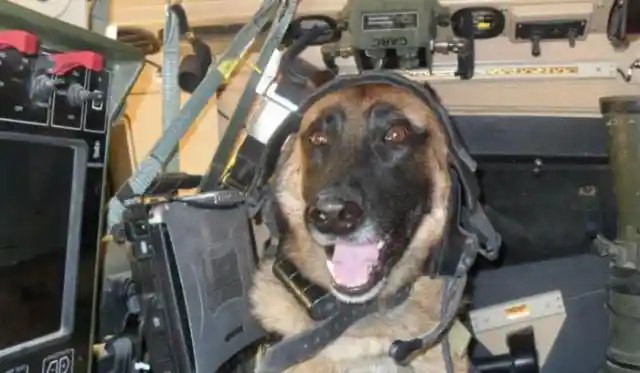
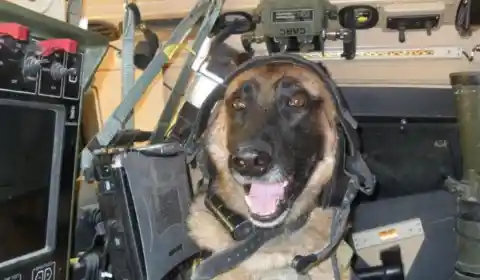
Thanks to lobbying efforts by Vietnam veteran dog handlers, Congress approved a bill that would allow veteran K9s to be adopted after their military service.
The lobbying effort on behalf of the dogs actually paid off. K9s were now sent home and became eligible for adoption. Because of their training, many Military Working Dogs are used to assist the disabled.
Dogs Used As Mascots
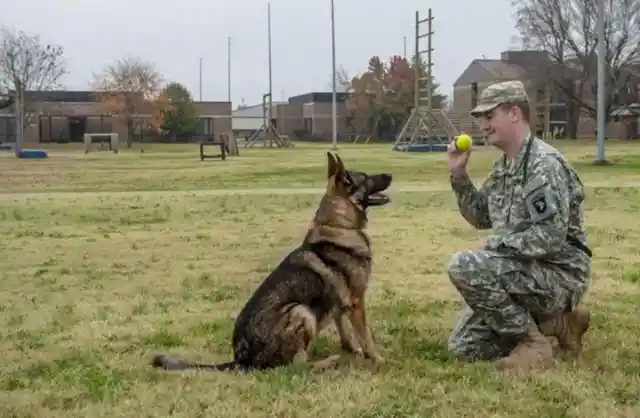
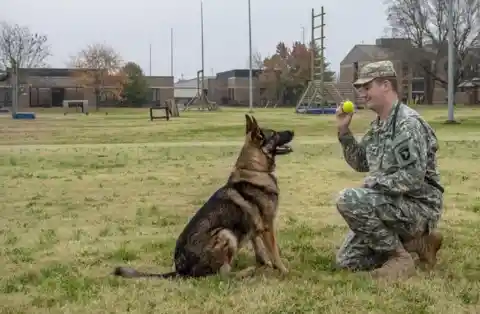
Talk about an honorable retirement. Vietnam became the only war where service dogs were left behind.
Some dogs are used as mascots for specific military units. For example, the commanding officer would own the dog the rest of the unit chose. Units would choose specific breeds to represent them.
Dogs Used For Experimentation
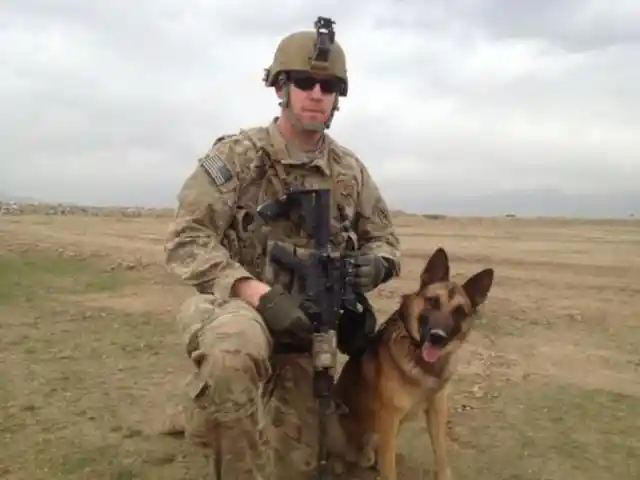
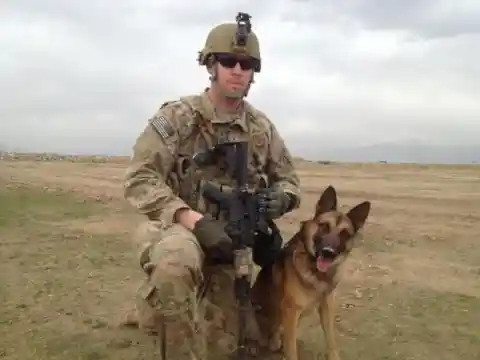
The purpose of having a mascot was mainly to boost morale. Serving overseas takes a huge toll on soldiers and dogs drastically improved their spirits.
During World War II, dogs were actually used for medical experiments. Researchers tested medicine on them for fear of risking human life.
Scouting Dogs
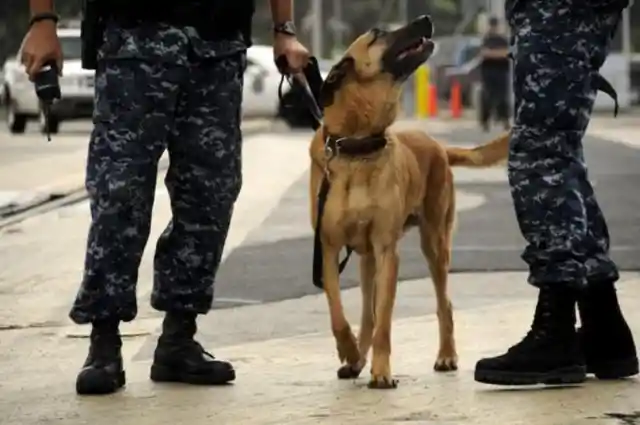
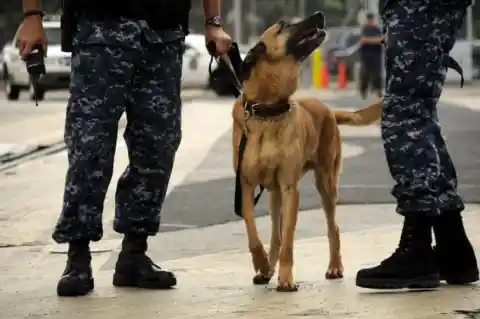
During the Cold War, debates raged over the ethical decision to use dogs as test subjects. The debate led to the passage of the Animal Welfare Act of 1966 in order to regulate the treatment of animals for research.
Training dogs to become scouts is one of the earliest uses for K9s in combat. The dogs were trained to defend camps and bases by growling and barking when a stranger approached.
A Successful Test
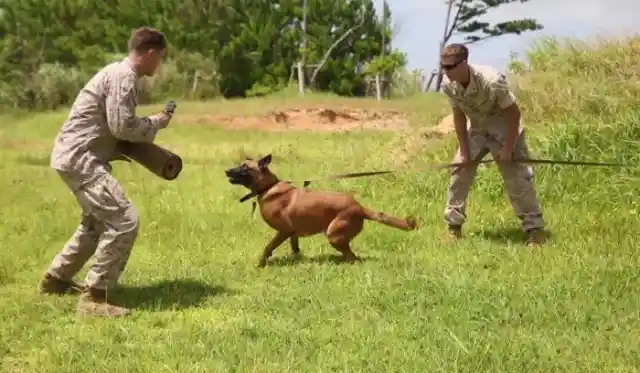
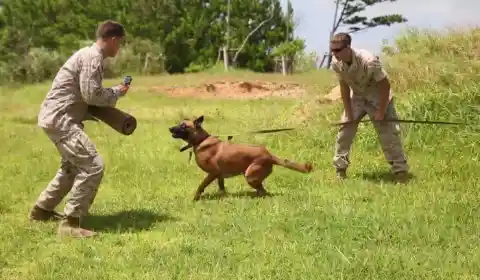
During the Cold War, the military depended on dogs to defend nuclear weapons sites. The success led to an increased deployment of military service animals.
Because of the effectiveness of dogs as scouts and sentries, the military increased its war dog program and attacks on bases decreased. The United States War Dogs Association has determined Military Working Dogs saved the lives of over 10,000 service men and women.
High Stress Tests
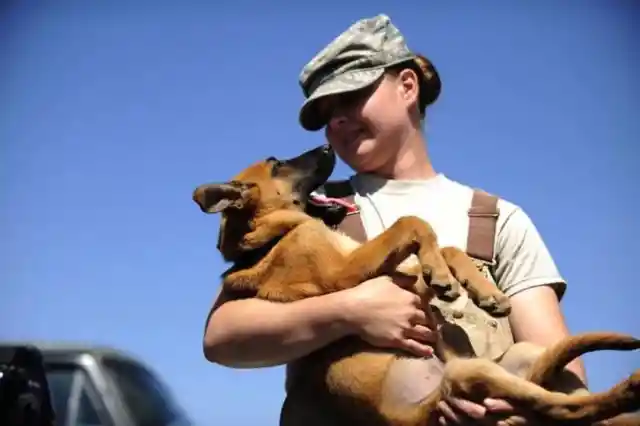
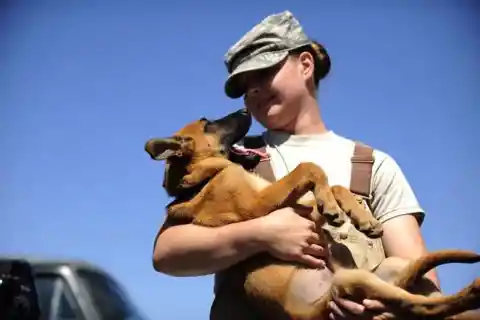
Humans owe their lives to their K9 companions.
Military Working Dogs are put under countless high-stress situations. By the time they are fully trained and ready for combat situations, they are able to jump out of an airplane with their handler with absolutely no fear and an extraordinary amount of trust.
Detection Training
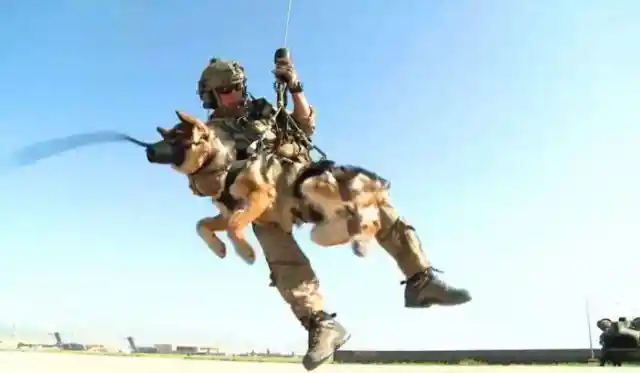
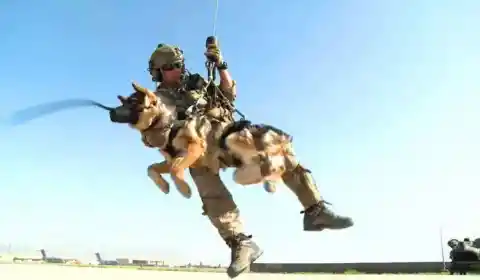
Imagine jumping out of the plane with your civilian dog for one second.
Many K9s were used for detecting land mines. Most of the dogs were not very effective in combat situations.
Detection Training Part 2
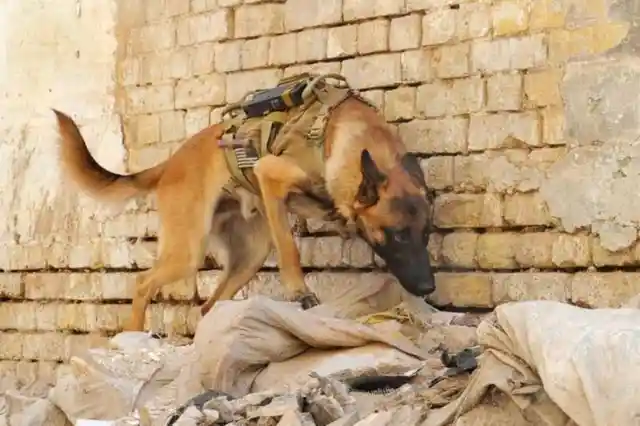
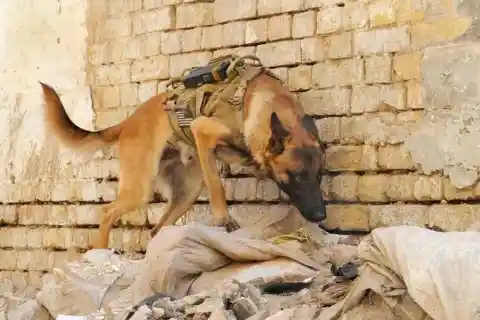
Marines trained the dogs by placing bare electrical wires just under the surface of the ground. The shock would send a message to the Military Working Dog that danger was underground.
As soon as dogs were able to recognize a buried mine, they were trained to notify their handlers of the presence of a landmine.
Detection Training Part 3
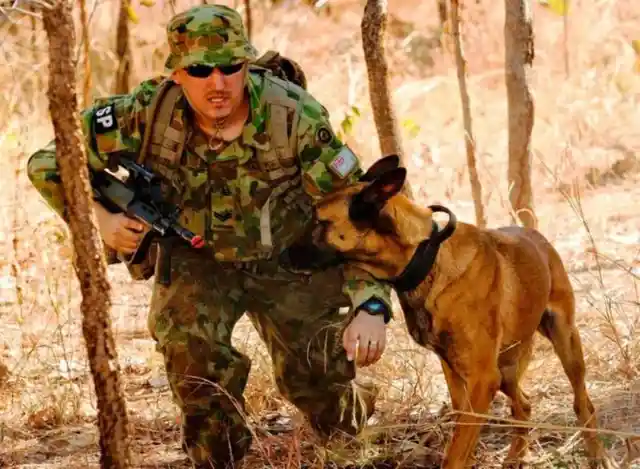
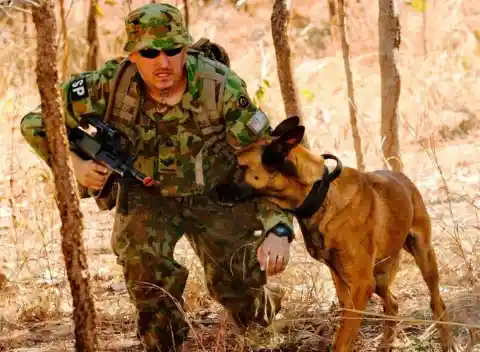
It was an incredibly tough training session with the shock and constant searching, so the dogs were only trained for about 30 minutes at a time.
The anticipation that was built within the dog caused a lot of stress and anxiety and those dogs were known for being very nervous. These dogs' military service did not last very long.
Detection Training Graduation
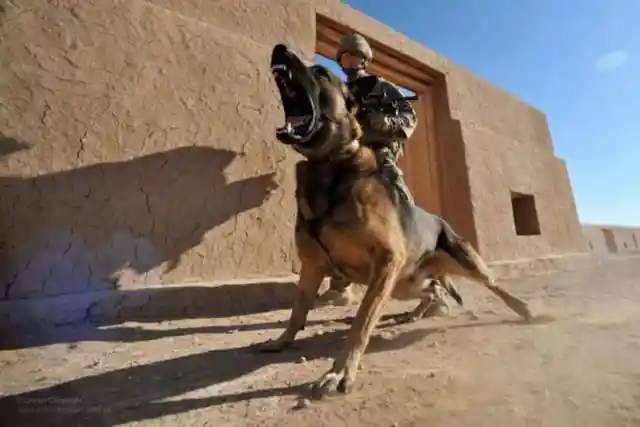
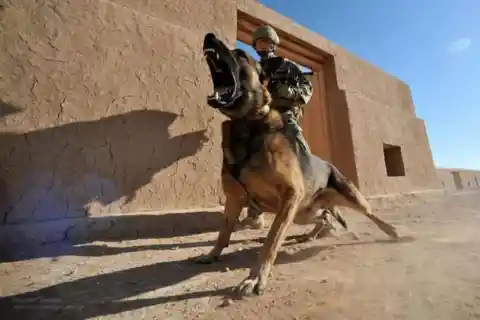
The same electrical test on rats led to the rodents huddling in a corner to the point of starvation in order to avoid getting shocked.
When a dog used for detection is fully trained, they are able to sniff out drugs and other psychoactive substances that have been effectively concealed. Military Working Dogs are able to detect even the smallest traces of practically any substance despite the container.
Life After The Military
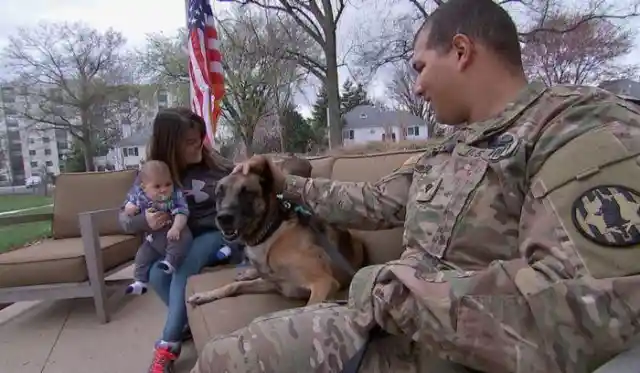
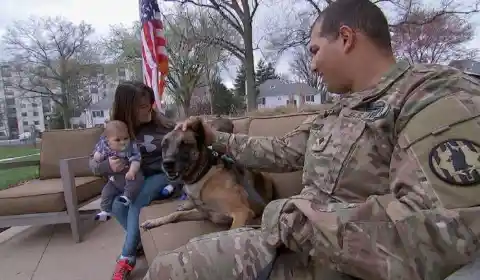
These dogs are mainly used in airports and other checkpoints.
Since dogs are so well-trained, they are usually adopted by civilians and injured veterans for assistance with everyday activities. Their dedication to handlers created some of the best service dogs the country has to offer.
Remembering The Fallen
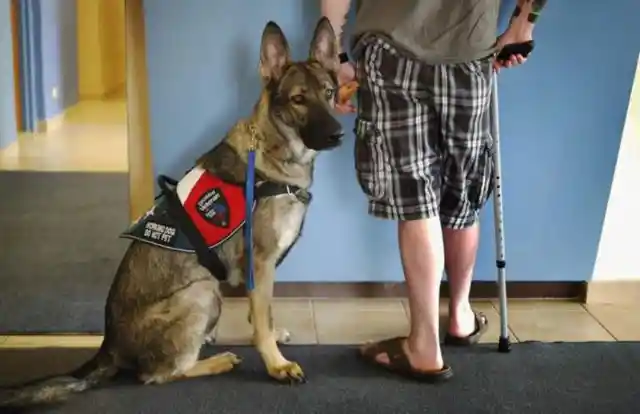
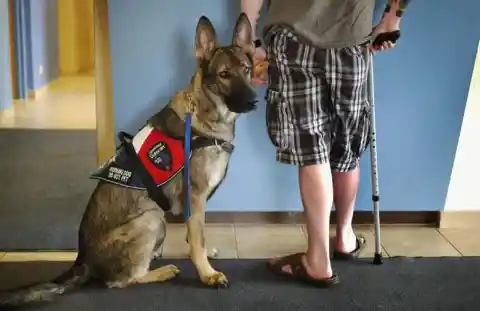
Through patience and love, former Military Working Dogs are able to improve the lives of the humans they serve years after their military service has ended.
